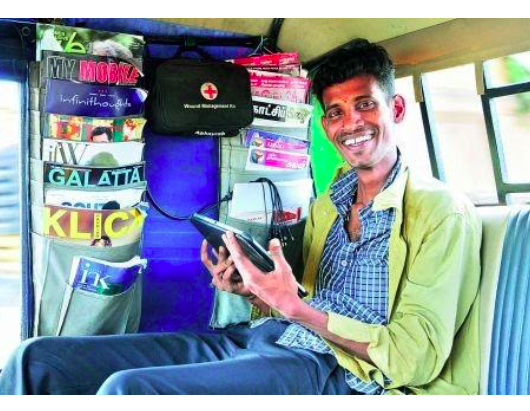Survival Kit For Brands In The Age Of Covid-19
“COVID-19” – the only term that will probably linger across every business function, every industry, every family and every conversation for years to come. It comes as no surprise that the marketing and advertising world only felt the impact drastically, when everyone started working from home, when events started to get cancelled, when outdoor and in-mall advertising came to a halt and when planners and brands started to consider massive budget shifts. Adapting to the new form of lifestyle, also means our businesses have to adapt to the change in consumer behavior. The Coronavirus caused an unprecedented volatility on online marketing that no one saw coming during such a short period of time.
Although this may be the time where everyone is equally worried, this is also the time to innovate, anticipate, adapt and to change our mindset and become risk takers in everything that we do. Campaigns storytelling has also shifted as the coronavirus changed people’s lives, affecting how brands communicate with their consumers. Yes, times are extremely challenging, but there are massive opportunities out there for brands to transform their businesses more than ever and to literally “create an impact”. No one ever thought that the likes of Dyson, LVMH or Ralph Lauren would transform their businesses so much, that they started producing medical supplies. McDonald’s UAE are now delivering to hospitals, leaving impactful notes for their customers along with every hospital meal and T-Mobile actually posted a “giving thanks but not pranks” post, meaning to express their thankfulness towards mainly medical staff.
What about the remaining brands that are neither producing medical supplies nor altering their day-day strategies? Well, now is their time to digitally transform and impact their own business per se. There is no better time to connect with your consumer today. Look at the current change in consumption habits for every household and every consumer worldwide and that alone will tell brands how to accompany the consumer to play a vital role in their day-day lives as they adapt to the new norm of working from home. There is no common formula for all brands to abide by, that could serve as some sort of survival kit for their businesses, but here are some fast growing consumption habits and new technologies that we have already witnessed in the last 7 to 10 weeks, not just regionally, but also globally:
- Consumer services such as music and VOD are now the new entertainment channels for consumers, allowing brands to tap into a new world of advertising by being part of the consumer trend and jumping on the bandwagon.
- TV has never witnessed and recorded a spike in time spent on TV, as high as we have witnessed specifically in the month of March. Whilst some channels have recorded an 8%- 12% increase on TV, other bigger partners have recorded a spike of up to 59%.
- Direct to consumer goods and services such as the likes of e-retailers and e-commerce channels are aiding consumers to still buy any brand that is on their Wishlist with the tap of a button. The adoption of e-commerce for brands has never witnessed a churn as fast as this time. These channels have seen a 20%-30% increase to say the least, in ad-spend in the first 2 weeks of working from home.
- Mobile gaming and mobile usage has never seen a better opportunity to keep consumers occupied enabling brands to be part of the gaming industry, now more than ever. Not only is mobile the only go to channel to keep consumers connected, but it has never before been a better source of entertainment than it is now.
- New rising forms of technology have taken shape as businesses and consumers have moved their offices to their homes allowing clouds and telecom brands to support the home infrastructure.
- Social channels have witnessed an interchangeable mass conversation worldwide on “how tos” as consumers shifted to work from home. The likes of “how to make home sanitizer” all the way to “how to use Microsoft team or zoom” giving a clear picture of how consumers have now fully taken on the independent responsibility of being on their own. Consumers are turning to social platforms to actively participate in any of the COVID-19 conversations and everything that comes with it.
Not only have we witnessed an increase in the usage or time spent towards the above channels, but we also witnessed a massive shift in behavior within the consumer, which may also serve as an indicator for brands on the type of story telling and communication they want to serve to their customers.
Not only are consumers exercising more than ever from home in order to stay fit, but they seek tips from various online channels on how to keep themselves busy and occupied pre and post working from their desks and homes. Cooking has become the most favored hobby, followed by working out, reading and practicing music instruments. Although the notion of “FOMO” is long gone since working from home was enforced, but consumers still want to feel connected; not to the outside world, but to the inside world and to stay updated on what family, friends and acquaintances are up to.
As though, this may seem like uncertain times and as COVID-19 will continue to widespread in the near future, consumers and brands recognize the advantages they can bring both in convenience and experience. Technology will be one of the most significant game changers for the industry in the immediate and longer term.





